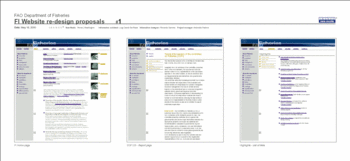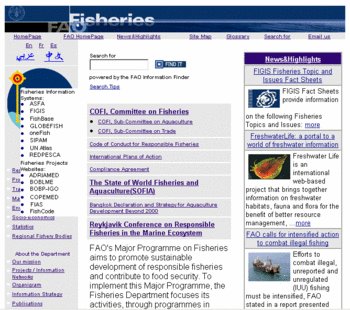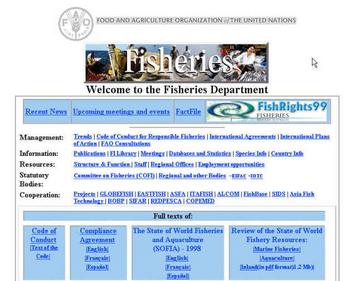Robin,
"the much anticipated consequence of not separating design from content"... and not giving design its due importance, allow me to add.
It's hard to accept that the interface supports understanding of the information, that it's the sum total of the choices made behind the scenes: communication objectives, content, audiences, interaction, services. It's hard to accept for a few reasons, in my opinion:
1. visual design has had a very bad press first with the sprawl of badly designed web sites, and later with the anathemas of the usability gurus, so we've gone from "we want a nice site" to "we don't go for aesthetics";
2. there's a lot of information technology perspective that gets into interface design;
3. user research, if and when done, is a pandora's box: only sorrows and evils are seen in it, very few care about hope. In management terms, hope means feeding user research results into redesign/maintenance/improvement without feeling guilty for not getting it right the first time;
4. interdisciplinary approaches - just another word for holistic when you get to the operational side - can hardly find a home in organizational hierarchies.
Looking at these points, a pattern seems to emerge: the pendulum is swaying from the eyecandy extreme to the structure+process one. It will probably sway back and with some lessons learned along the way, it's just a matter of time until design will regain its place. And possibly, it will stumble into the insights that may come from user research.
However, the issue with this pattern is that it's still a binary vision: a go-between across a range of possibilities marked by two concepts. The challenge is in broadening this view: point 4. is the truly difficult achievement because it entails accepting that Web publishing is complex business. It's a harsh reality, but as someone said, there's some comfort in truth.
Pandora




